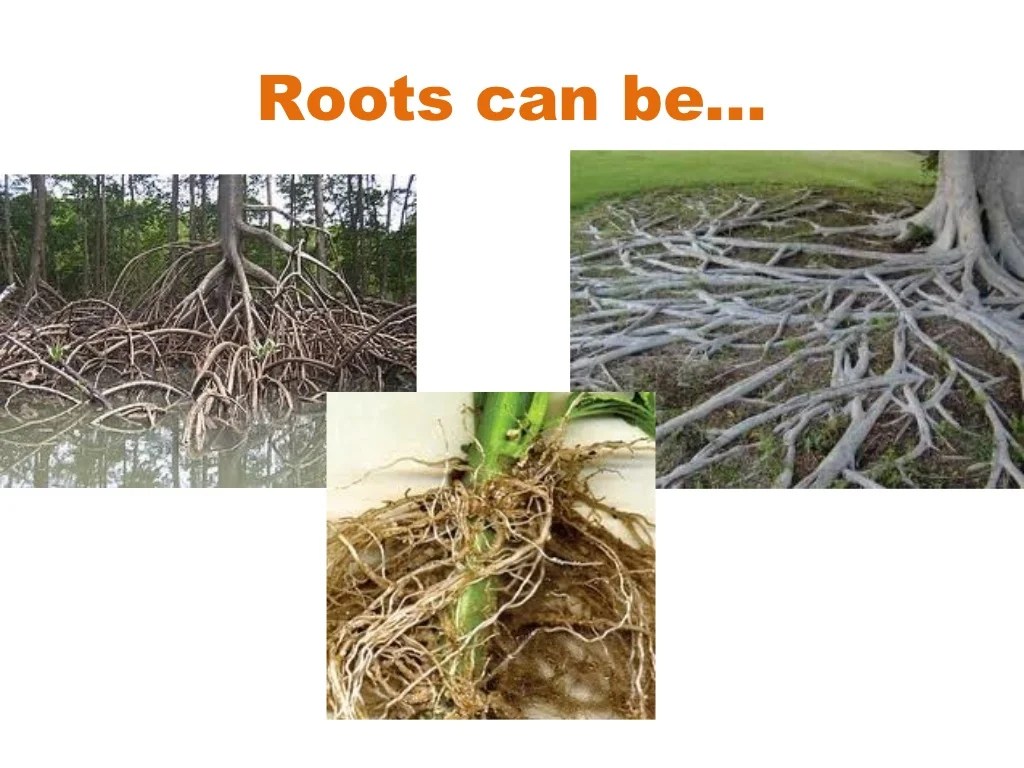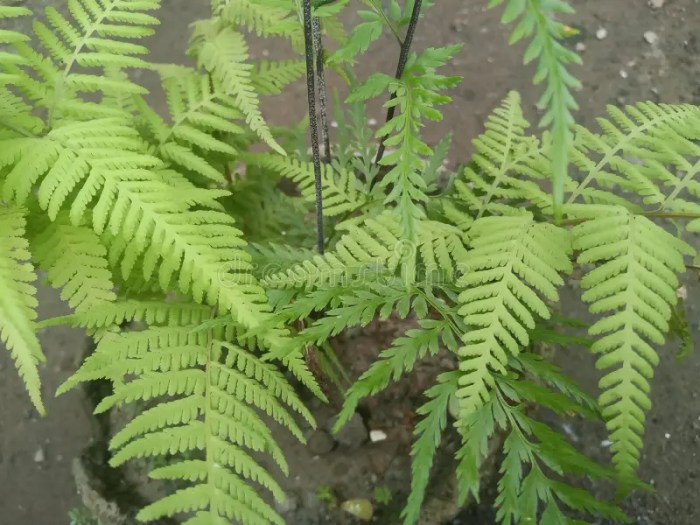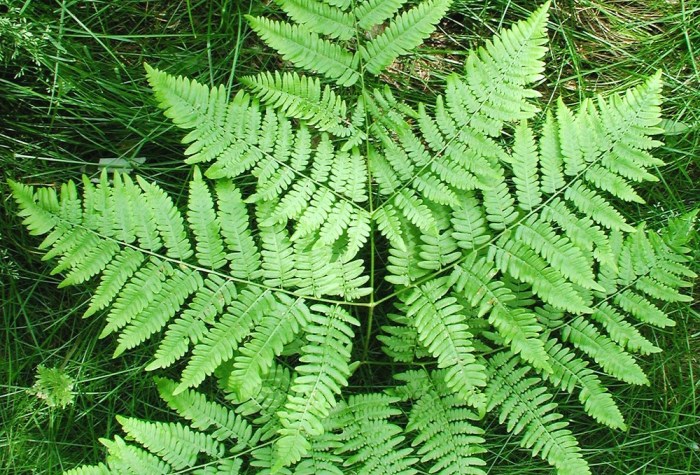Which of the following is true of seedless vascular plants? This question unveils a fascinating world of ancient flora, where plants thrived without the familiar seeds we associate with modern plant life. Join us as we delve into the unique characteristics, life cycles, and ecological significance of these remarkable organisms.
Seedless vascular plants, a diverse group that includes ferns, club mosses, and horsetails, exhibit a range of adaptations that set them apart from their seed-bearing counterparts. Their lack of seeds, reliance on spores for reproduction, and intricate vascular systems present a compelling study in plant evolution and ecology.
Lack of Seeds

Seedless vascular plants, as the name suggests, do not produce seeds. Instead, they rely on spores for reproduction. Spores are tiny, asexual reproductive cells that can develop into new plants under suitable conditions.
The absence of seeds in seedless vascular plants is attributed to their evolutionary history. These plants evolved before the development of seeds, which are more advanced and efficient reproductive structures.
Reproductive Structures
In place of seeds, seedless vascular plants produce spores within specialized structures called sporangia. Sporangia are typically located on the underside of leaves or in cone-like structures.
Vascular Tissue: Which Of The Following Is True Of Seedless Vascular Plants
Seedless vascular plants possess a well-developed vascular system, consisting of xylem and phloem. Xylem is responsible for transporting water and minerals from the roots to the rest of the plant, while phloem transports nutrients and sugars throughout the plant.
Comparison to Non-Vascular Plants
The presence of vascular tissue distinguishes seedless vascular plants from non-vascular plants. Non-vascular plants, such as mosses and liverworts, lack true vascular tissue and rely on diffusion for the transport of water and nutrients.
Spore Production

Spore production is a crucial aspect of reproduction in seedless vascular plants. Spores are produced in sporangia, which can be located on specialized leaves or in cones.
Role of Sporangia and Spores
Sporangia are sac-like structures that house spores. Spores are released from the sporangia when they mature and can be dispersed by wind or water.
Types of Spores
Seedless vascular plants can produce different types of spores, including homospores and heterospores. Homospores are identical in size and shape, while heterospores are of two different sizes and shapes. Heterosporous plants produce both megaspores and microspores.
Life Cycle
Seedless vascular plants exhibit a life cycle that involves alternation of generations. This means that they have two distinct phases in their life cycle: the gametophyte phase and the sporophyte phase.
Gametophyte Phase
The gametophyte phase is the sexual phase of the life cycle. During this phase, gametes (sex cells) are produced. Gametes can be male (sperm) or female (eggs).
Sporophyte Phase
The sporophyte phase is the asexual phase of the life cycle. During this phase, spores are produced. Spores can develop into new gametophytes, completing the life cycle.
Classification and Examples

Seedless vascular plants are classified into three main groups: ferns, club mosses, and horsetails.
Ferns
Ferns are the most diverse group of seedless vascular plants. They are characterized by their large, often compound leaves.
Club Mosses
Club mosses are characterized by their small, scale-like leaves and club-shaped strobili.
Horsetails
Horsetails are characterized by their hollow, jointed stems and whorled leaves.
Ecological Importance
Seedless vascular plants play an important role in ecosystems. They are a source of food and shelter for various animals and contribute to the overall biodiversity of an area.
Food and Shelter
Seedless vascular plants provide food and shelter for a variety of animals, including insects, amphibians, and reptiles.
Biodiversity, Which of the following is true of seedless vascular plants
Seedless vascular plants contribute to the biodiversity of an area by providing different habitats and food sources for a variety of organisms.
Uses
Seedless vascular plants have various uses in food, medicine, and horticulture.
- Ferns are used as ornamentals in gardens and landscapes.
- Club mosses are used in traditional medicine and as a source of lycopodium powder.
- Horsetails are used as a source of silica and in traditional medicine.
FAQ Explained
What are the defining characteristics of seedless vascular plants?
Seedless vascular plants lack seeds and rely on spores for reproduction. They possess vascular tissue, which transports water and nutrients throughout the plant.
How do seedless vascular plants reproduce?
Seedless vascular plants produce spores in structures called sporangia. These spores germinate and develop into new plants.
What is the significance of vascular tissue in seedless vascular plants?
Vascular tissue, consisting of xylem and phloem, allows seedless vascular plants to transport water, nutrients, and photosynthetic products efficiently.